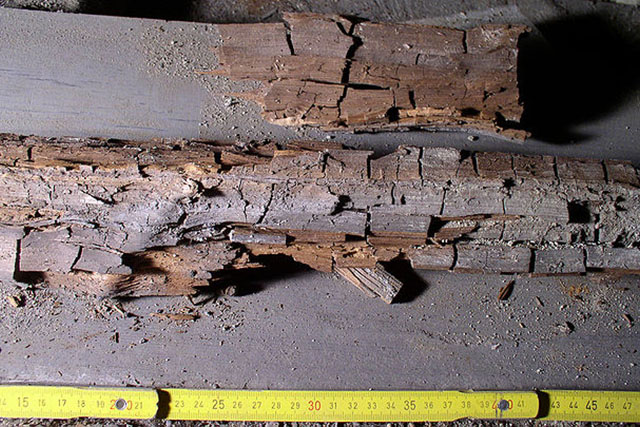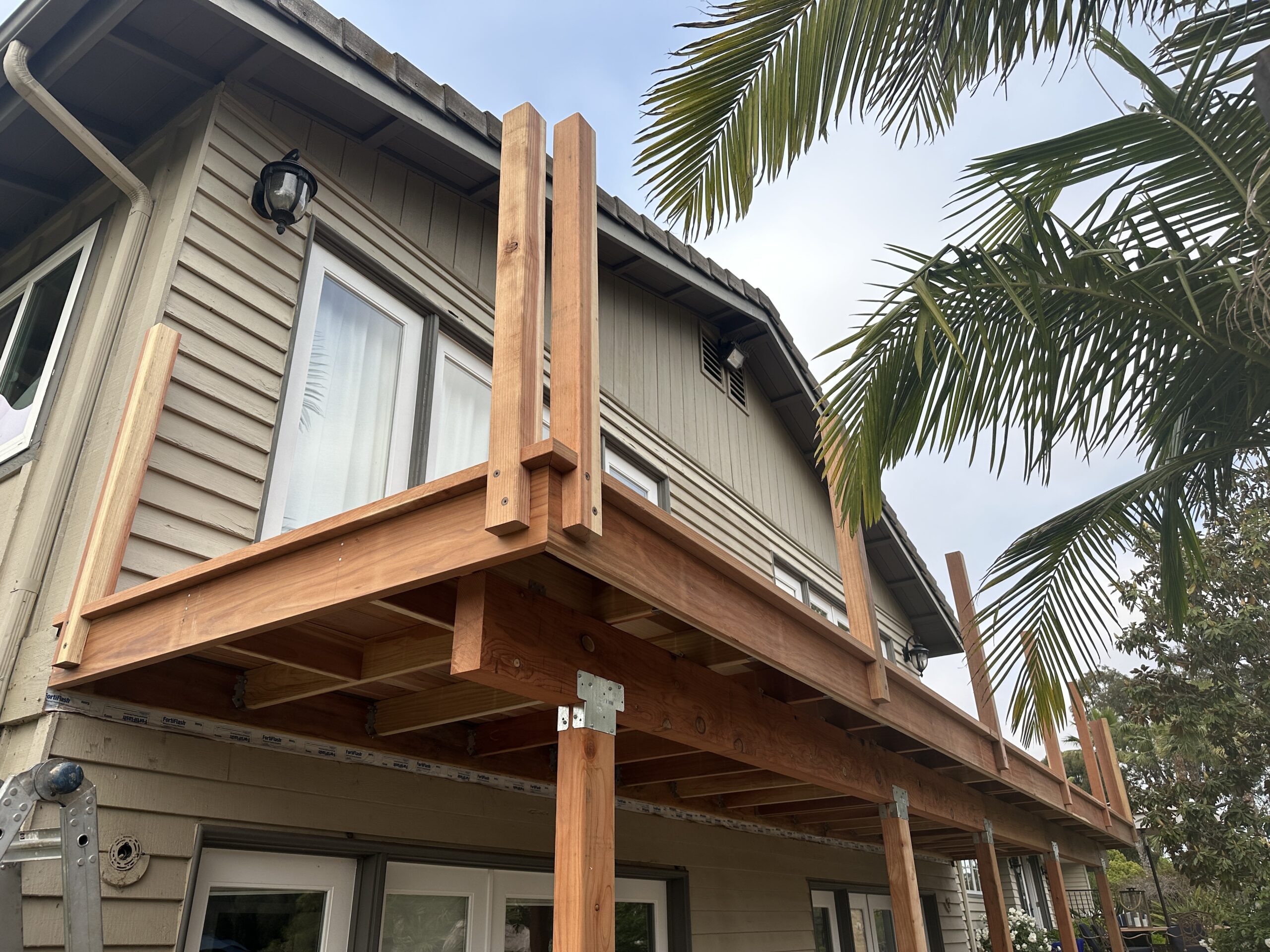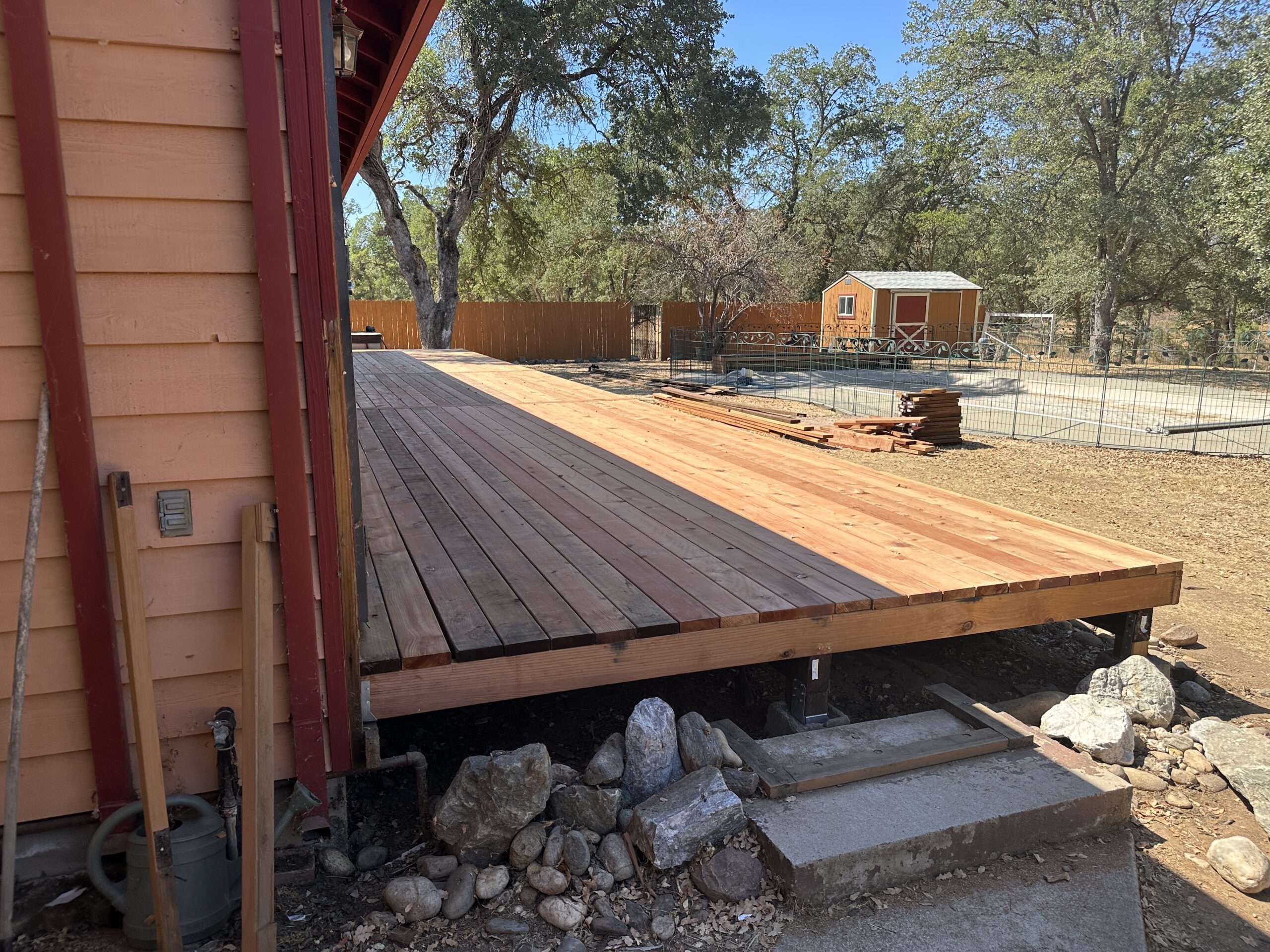Protecting Your Castle From Pests

Comprehensive Termite Escrow Reports
Termite Real Estate Transaction Inspections (WDOR, NPMA-33 report, WDI)
The termite inspection report is also known as the “wood-destroying pests and organism inspection reports.” Termite escrow reports are typically ordered by the bank funding the property’s loan or second mortgage.
Your Castle Pest Management Termite Inspector will start by inspecting the outside of the home or building. After thoroughly examining the outside of the home or building for evidence of termite infestation, the termite inspection will move to the interior i.e. to the bedrooms, living rooms, kitchen, bathrooms, attic, subarea and/or basement, and garages. This will include inspecting for leaks in the plumbing. Your inspector will pay extra attention to typical termite harborages like rafters, roof facing, roof shingles, fascia, windows, and doors.

Realtor Services
As an agent working on behalf of your clients, you have the responsibility to make sure that all aspects of their transactions are looked after in every way. And you need a reliable and fully-licensed termite inspector to perform a quality termite inspection and possible treatment and/or repairs. Castle Pest Management is your trusted partner.
We understand that you may need a quick turnaround on an Inspection Report and with more than 10 years of experience we have created a process to identify your needs and quickly remedy them. We have a long history of performing work on Fannie Mae, Freddie Mac, and V.A. properties. Whether you’re representing the seller or the buyer, you will have the assurance that a Castle Pest Management report is trusted and reliable.
Our reports also provide the home buyer an outline of potential threat areas where the future infestation may occur such as woodpiles, damp basements or foundations, wood to ground contacts such as trellises, or fallen trees or debris near the home. This gives your client an understanding of what they need to do to the home after purchase to avoid possible termite infestation.
We have packages available to include Termite Inspection, Home Inspection, and Roof Inspections.
Comprehensive Termite Inspection Reports
Castle Pest Management’s comprehensive wood-destroying pests and organism inspection reports cover all sections of termite activity.
- All active termite infestations at the time of the termite inspection
- All potential findings that are conducive to a future termite infestation
- Areas that are unable to be accessed and cannot be inspected for termites
- All other findings not caused by wood-destroying pests
Your termite inspector will be looking for all types of wood-destroying organisms and termites



Subterranean termites move through mud tubes known as “shelter tubes” which protect them from predators. Your License-To-Kill termite technician will thoroughly inspect your garage, attic, and other areas for these tubes and other evidence of Subterranean termite activity. Subterranean termites live in the ground and come up to feed on the wood in your home. It is necessary to treat access points throughout the home where the subterranean termites can enter. Many times, front porches, garages, and other areas that have cement need to be drilled and injected with termiticides underneath the cement slabs to provide successful termite control. These treatments place a barrier of protection in the soil around the foundation of your structure. When termites cross it, they pick up the termiticide on their bodies and spread it to other termites, eventually eliminating the entire colony. Liquid termite treatments come with a three-year warranty. This warranty is renewable and transferable.

Drywood termites swarm into the home, creating new colonies. If your structure has an infestation of Drywood termites, your termite inspector will see evidence of wings, boring dust, fecal pellets (termite droppings), or termite galleries during the inspection. We treat for Drywood termites in several ways; fumigation, localized “spot” treatments, and wood replacement. Liquid termite treatments come with a three-year warranty.


There are two different kinds of fungus that all termite inspectors look for. When wood has become infected with fungus or dry rot, it must be removed immediately. Care must also be taken to ensure the source of moisture is sealed to prevent further leaks. If left alone, the excess moisture and weakened wood provide a perfect entry point for a colony of termites.

Both true and false Powder Post beetles will leave holes and other damage in wood. We treat wood-boring beetles in a variety of ways depending on the severity of the infestation; whole structure fumigation, local “spot” treatments, and/or wood replacement.

When wood directly contacts soil, the wood decays rapidly. Timber to soil contact conceals termite infestations and causes dry rot and fungal infections. Typically, the wood will need to be replaced – or at the very least, the soil re-graded.


Any type of paper trash, leaves, wood branches, firewood, cardboard, etc. left under or around the home will encourage termites to feed there. Removal of these items will decrease the chances of infestation.
Repairs
In addition to treating or fumigating your termites, we can perform repairs related to termite damage or other wood-destroying organisms like dry rot. Dry rot and fungus damaged wood are a termite’s playground, so let us help you get them out and keep them out!
Castle Shield Control, Warranty, & Prevention Programs
The only thing worse than a termite invasion is finding out the pests have come back after you have eliminated them. Homeowners insurance covers threats like burglary and fire and smoke, the majority of policies do not cover termite treatment or damage repairs. You can avoid that situation by taking advantage of our warranty and prevention program, Castle Shield.
If you spot any termites after we have applied the treatment and don’t know what to do, just call us. We will return to the building to ensure that each termite is gone. Available for subterranean and drywood termites, our warranty program is the perfect way to protect your home against termite activity over the long term. It includes an annual limited inspection. If we find termites, we’ll spot treat the areas where they are active.















